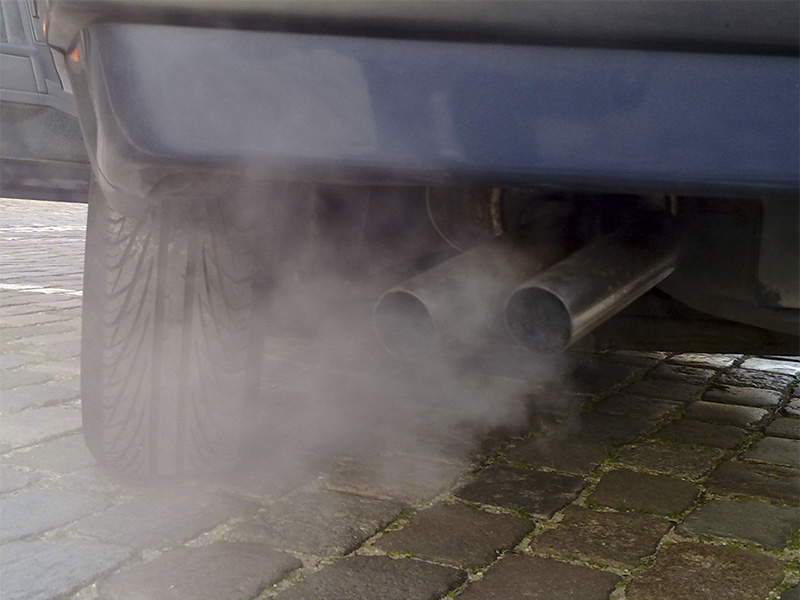
Shannon Capps
As many people who traditionally work in office environments near the one-year mark in a work-from-home experience brought on by the COVID-19 pandemic, companies around the United States and the world are starting to reimagine what the future of work looks like. That includes limiting the need for daily transportation between home and work to not only protect employees from the virus but also how it can improve output with the added benefit of helping the environment.
The environmental impact of the change in transportation habits is something that Shannon Capps, PhD, Assistant Professor of Civil, Architectural and Environmental Engineering, is studying closely. Capps leads the Atmospheric Modeling at Drexel group, which conducts outdoor air quality modeling to estimate influences of emissions sources; evaluate health, ecosystem and climate impacts of pollutants; and assimilate satellite-based observations to improve models.
Using satellite imagery and ground-level air quality monitors, Capps and her group studied the concentration of nitrogen dioxide (NO2), a byproduct of fossil fuel combustion found from vehicle exhaust, in the air over ten U.S. metropolitan areas at different points before and after March of 2020.
“We were surprised by the week-to-week difference in March and April,” Capps says. “But we know that weather also affects the concentration of NO2 in the air. So, we wanted to look to see if the differences were a result of behavioral changes brought on by COVID lockdowns.”
The group linked the changes in NO2 up to data from Google location services and requests to Apple Maps for driving directions. They found that changes in travel behavior were associated with improved air quality more so in cities where cars and trucks contribute more NO2. In fact, a change as small as 20 to 30 percent of the population not traveling or driving when they do can make a difference large enough that it can be measured from sensors in space.

The study is part of Capps’ broad interest in using satellite-based observations to explore efficient means of improving air quality and addressing climate challenges. Her work has been supported by grants from the National Science Foundation, NASA, and the Texas Air Quality Research Program.
In another recent study, Capps and the group used a mathematical approach called sensitivity analysis to determine how specific sources of emissions can affect air quality and human health. Using emissions regulations of fracking in Colorado, the group showed that they can combine modeled weather and chemistry with observations on the ground to determine which emissions reductions would most help the air quality and human health outcomes in the region.
“We know that volatile organic compounds (VOC) in the air are contribute to ozone and particulate matter that degrade our health,” Capps says. “But previously, the best approaches were small scale and based on immediate cause and effect: a new source of VOCs might be regulated while leaving existing ones unchanged. By using ground measurements with this model, we show how to evaluate which emissions regionally could most reduce human health impacts and air quality problems.”
The group has recently added ammonia emissions as an area of focus. A common emission from livestock manure and commercial fertilizers, ammonia is a major contributor to the formation of fine particulate matter in the air. When inhaled through regular breathing, these tiny particles can become lodged in our lungs and cause dangerous health problems. The United States does not have reliable methods to identify the greatest sources of ammonia emissions. Capps hopes that, between satellite imagery, the sparse ground monitoring available, and their modeling, meaningful change could be made.
“Once we have better ammonia emissions estimates, states and local governments can use the same models to design more efficient ways to reduce fine particulate matter,” Capps says. “By valuing human health and leveraging satellite-based observations, we can make more substantial changes to our behaviors and our regulations.”